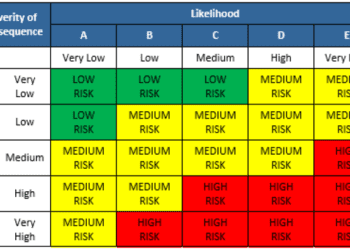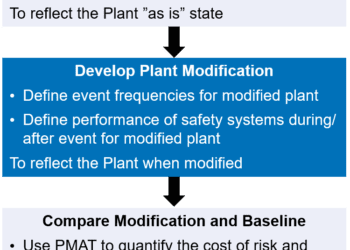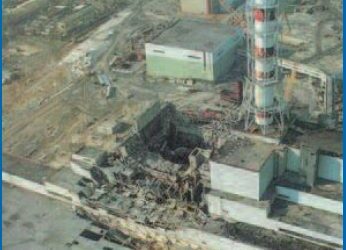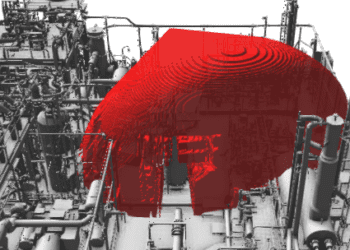Common law – the harmonisation of european rail safety
The Common Safety Method on Risk Evaluation and Assessment (CSM REA) became a legal requirement in July 2012 throughout European member states. It applies to proposers of all significant changes to mainline railways.
Historically in Europe assurance and acceptance costs have been unnecessarily high where the same or similar rail industry technologies, such as signalling systems, are applied in different member states. The European Commission introduced CSM REA to provide a harmonised framework for the risk assessment process with the intention of addressing a lack of mutual recognition between the member states of corresponding safety methods.
RADICAL CHANGE OR CONTINUOUS IMPROVEMENT?
During the last couple of years the approach has matured as the industry has come to understand the implications of CSM REA. Experience has shown that it is a refinement and refocusing of approaches in the UK rail industry, rather than a radical shift. Unsurprisingly, there are subtle changes in terminology as Europe adopts a common model; however, the key elements that safety practitioners previously followed remain.
The most novel element, perhaps, is the concept of a ‘proposer’ – anyone who implements a change to a technical, operational or organisational aspect of the railway system. In the main, this will be the train operators and infrastructure managers, but could also be project entities and manufacturers. Proposers must decide whether the change is considered ‘significant’ and requires the use of an assessment body to independently review the work. To aid decision making, the proposer produces and assesses a preliminary system definition.
THE RISK MANAGEMENT PROCESS
Once the decision has been made that the change is significant a risk management process is followed, which is a reframing of previous risk management approaches used across the rail industry in Europe.
This starts with the proposer producing a more detailed system definition, based on a refinement of the preliminary definition. This in turn is used as an input to hazard identification, classification and analysis.
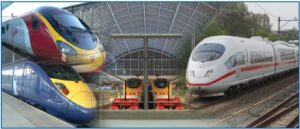
The next element of the process which has been refined under CSM REA is in the setting and verification of safety requirements in circumstances where the risk associated with a hazard is not already considered broadly acceptable. The approach adopted is to apply one or more of three risk acceptance principles to each hazard in a prescribed order of priority. Compliance with codes of practice is considered first, followed by comparison with similar reference systems, and finally explicit risk estimation when it is not practical to apply either of the first two principles.
As a final step before acceptance, the proposer needs to demonstrate that the risk assessment principles have been correctly applied and that the system complies with all specified safety requirements through the production of a hazard record. The assessment body will then produce a Safety Assessment Report, drawing a conclusion on the correct application of the risk management process and the end result of its application.
The UK Office for Rail Regulation (ORR) has produced a guidance document on CSM REA, which is further supported by six more detailed guidance documents produced by the Rail Safety and Standards Board (RSSB), to help with implementation:
- Planning an application of the CSM REA
- System definition
- Hazard identification and classification
- Risk evaluation and acceptance
- Safety requirements and hazard management
- Independent assessment
WILL THERE BE FURTHER CHANGES?
Following the initial implementation of the regulation, Europe has recognised that unless assessment bodies become accredited there is a chance that consistency will not be maintained. Amendments to the regulations which come in to effect in May 2015 are designed to address this issue by requiring member states to adopt a similar approach to the accreditation of Notified Bodies.
CONCLUSION
The CSM REA is a framework that mandates a common European risk assessment and management process for the rail industry. Risk assessment is a familiar concept in the UK and the principles of the regulation are already being applied in most cases. However, some adjustment of project processes has been necessary, particularly concerning the requirement for determining whether a change is significant and the nature of independent assessment.
This article first appeared in RISKworld issue 26



